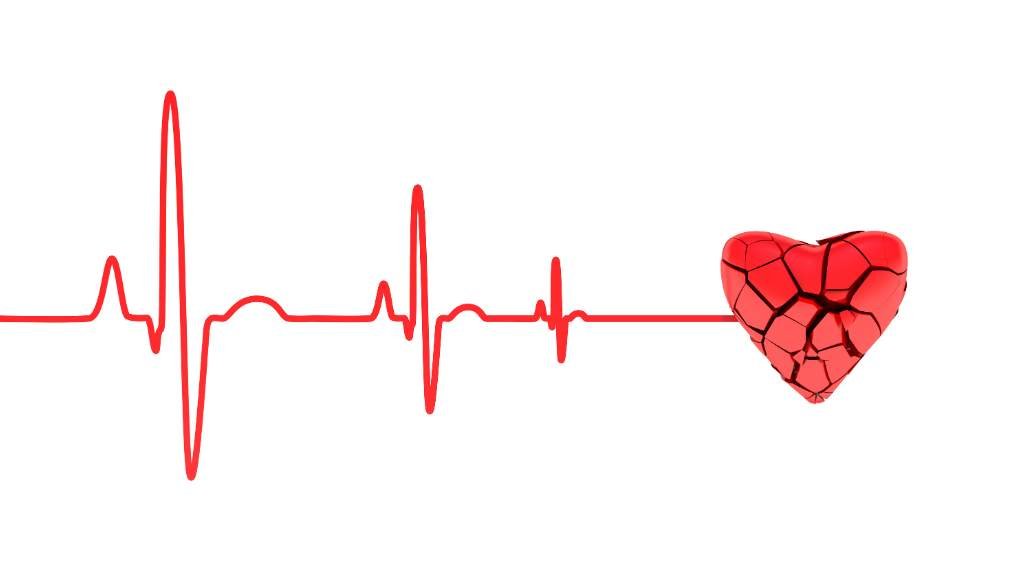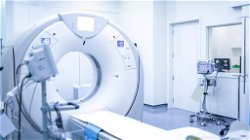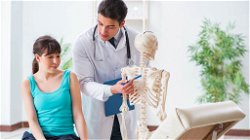Cardiac Arrest: Understanding and Managing a Life-Threatening Emergency
Steffan Addison
. 3 min read
Cardiac arrest is a critical medical emergency that occurs when the heart suddenly stops beating effectively. It can lead to loss of consciousness and, if left untreated, can be fatal within minutes. Prompt intervention, including emergency medical services, CPR, and utilization of an automated external defibrillator (AED), is crucial in controlling cardiac arrest and increasing the chances of survival. In addition, incorporating modern technology, such as video chat, can further enhance the response to cardiac arrest situations. This article aims to provide essential information, guidelines, and even video chat resources to effectively manage cardiac arrest situations and improve outcomes for those in need.

Recognizing Cardiac Arrest
- Assess the person's responsiveness: Shake the person gently and ask loudly if they are okay. If there is no response, it may indicate cardiac arrest.
- Check for normal breathing: Look for signs of breathing or gasping. Absence of normal breathing or only gasping is a strong indication of cardiac arrest.
Immediate Actions
- Call for emergency medical help: Dial the emergency services or instruct someone nearby to do so. Inform them of the suspected cardiac arrest situation.
- Initiate cardiopulmonary resuscitation (CPR):
a. Chest compressions: Position the person on a firm surface, kneel beside them, and place the heel of one hand on the center of their chest. Place the other hand on top and interlace your fingers. Perform chest compressions by pressing down hard and fast at a rate of 100-120 compressions per minute.
b. Rescue breaths (if trained): If you are trained in CPR and comfortable giving rescue breaths, provide 2 breaths after every 30 compressions. Maintain an open airway by tilting the person's head back and lifting their chin.
Using Automated External Defibrillator (AED)
- Locate an AED: If one is available, retrieve it and turn it on. Follow the device's voice prompts for further instructions.
- Apply the AED pads: Expose the person's chest and attach the AED pads as illustrated on the device. Ensure the pads are firmly attached and connected to the AED.
- Analyze the heart rhythm: The AED will automatically analyze the person's heart rhythm and provide appropriate instructions.
- Deliver a shock (if advised): If the AED advises a shock, ensure no one is in contact with the person and press the shock button as instructed. Resume CPR immediately after the shock.
Additional Guidelines
- Continue CPR until help arrives: Maintain a cycle of 30 chest compressions followed by 2 rescue breaths until medical professionals take over or the person shows signs of recovery.
- Encourage others to assist: If there are bystanders available, request their assistance in calling emergency services, finding an AED, or performing CPR.
- Stay calm and focused: Cardiac arrest situations can be stressful, but it is crucial to remain calm and focused on providing the necessary care until professional help arrives.
How to Control Cardiac Arrest?
- Recognize the signs of cardiac arrest: Cardiac arrest is characterized by a sudden loss of responsiveness and the absence of normal breathing or only gasping.
- Call for emergency medical help: Dial the emergency services (e.g., 911) immediately to alert them of the cardiac arrest situation. Provide clear and concise information about the location and the person's condition.
- Perform cardiopulmonary resuscitation (CPR):
- Chest compressions: Position the person on a firm surface, kneel beside them, and place the heel of one hand on the center of their chest. Place the other hand on top, interlacing your fingers. Push down hard and fast at a rate of 100-120 compressions per minute.
- Rescue breaths (if trained): If you are trained in CPR and comfortable giving rescue breaths, provide 2 breaths after every 30 compressions. Maintain an open airway by tilting the person's head back and lifting their chin.
- Utilize an automated external defibrillator (AED), if available: If an AED is accessible, retrieve it and follow the instructions provided. Apply the AED pads to the person's chest, and the device will analyze the heart rhythm. If advised, deliver a shock by pressing the designated button. Immediately resume CPR after the shock.
- Continue CPR until professional help arrives: Perform CPR in cycles of 30 compressions and 2 breaths until medical professionals take over or the person shows signs of recovery.
It is crucial to remember that controlling cardiac arrest and providing effective care requires proper training in CPR and AED usage. If you have not received formal training, it is best to focus on calling for professional help and providing chest compressions until medical assistance arrives.
Additionally, preventing cardiac arrest involves maintaining a healthy lifestyle, managing underlying medical conditions, and following any prescribed treatments or medications as advised by healthcare professionals. Regular exercise, a balanced diet, and avoiding risk factors such as smoking and excessive alcohol consumption can help reduce the risk of cardiac arrest.
Remember, the most important action in a cardiac arrest situation is to call for emergency medical help as soon as possible.
Conclusion
Cardiac arrest is a life-threatening emergency that requires immediate action. By recognizing the signs, calling for help, performing CPR, and utilizing an AED if available, you can significantly increase the chances of survival. Remember, every second counts in a cardiac arrest situation, so staying calm and taking prompt, decisive action is key to saving lives.
More Stories from
The Versatile Guava: A Fruit with a Multitude of Uses
From its delightful taste in culinary creations to its potent health benefits and skincare properties, guava has become a beloved fruit worldwide.
Understanding Mental Health: Symptoms and Treatment Options
The article discusses mental illness, its symptoms, and the different types of mental health treatments available.
Advancements in Medical Technology: Improving Healthcare Access
Embrace the future of healthcare with these advancements, fostering a more inclusive and accessible healthcare system for all.
Cognitive Enhancers: The Ethics and Implications of Brain-Boosting Drugs
Explore the ethics and implications of cognitive enhancers, also known as "smart drugs," that promise improved cognitive abilities.
The Role of an Orthopedic Surgeon in Modern Medicine
This article provides an insightful overview of orthopedic surgeons and their significant contributions to modern medicine.










.png?width=40&aspect_ratio=1:1)

